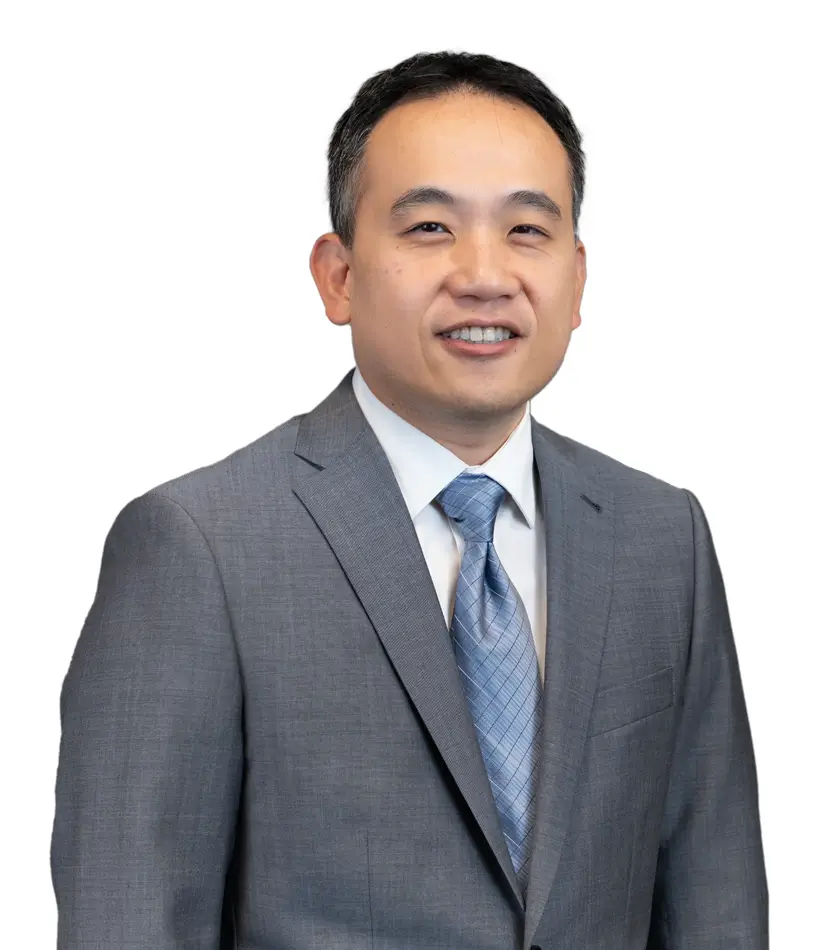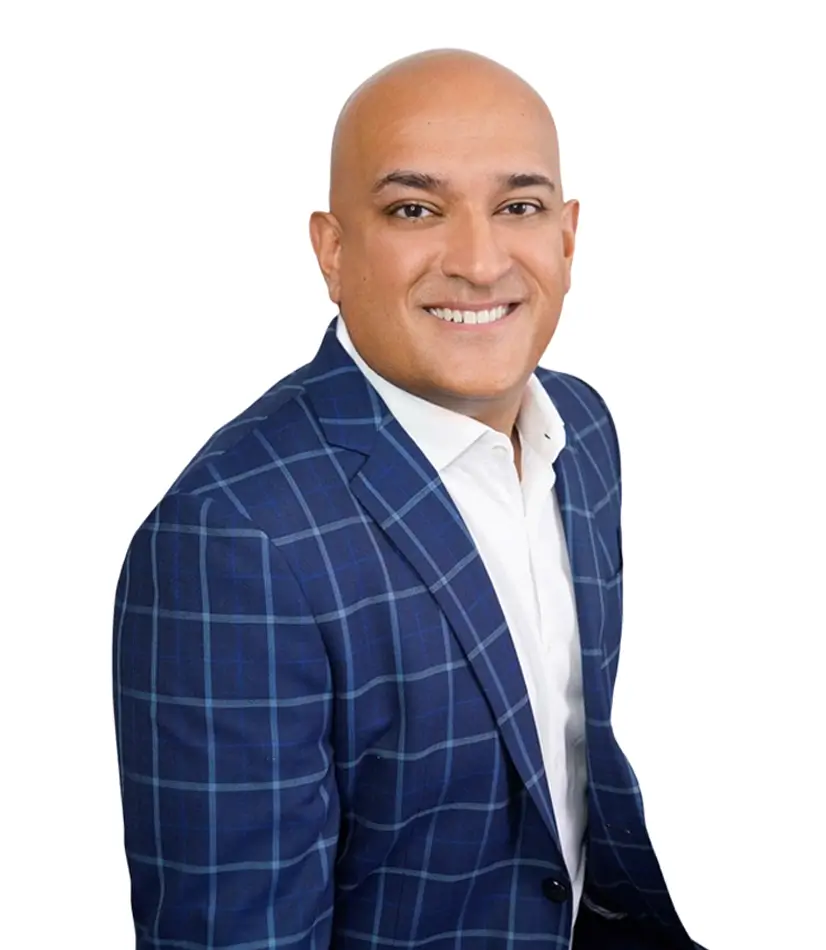Find Relief Fast: Minimally Invasive Fibroid Treatment, No Hospital Stay Needed
Explore Uterine Artery Embolization: A Gentle, Outpatient Fibroid Treatment.
Find Relief Fast: Minimally Invasive Fibroid Treatment, No Hospital Stay Needed
Explore Uterine Artery Embolization: A Gentle, Outpatient Fibroid Treatment.
Specialized Fibroid Care For Women in the Dallas-Fort Worth Area
Experienced Physicians
Our physicians take the time to listen to your wants, needs, and concerns so we can develop the best care plan for you. The physicians will discuss the care plan with you in a professional and clear manner. They will answer all of your questions and support you every step of the way.
Above & Beyond Care Team
Experience care that goes beyond medical expertise. Our warm, attentive team creates a supportive environment from your first visit through recovery, ensuring you feel informed, comfortable, and supported throughout your treatment.
Know Everything Up Front - No Surprises
We believe in complete transparency. Our team thoroughly explains your fibroid treatment plan, breaks down all costs, and handles insurance verification before your procedure. You’ll understand every aspect of your care – from treatment steps to expected recovery time – ensuring peace of mind throughout your journey.
Discover Fibroid Treatment Options — Beyond Hysterectomy
What is Uterine Fibroid Embolization?
Uterine Fibroid Embolization (UFE) offers a minimally invasive path to relief. This advanced fibroid treatment option shrinks fibroids by safely blocking their blood supply, preserving your uterus while eliminating painful symptoms.
Unlike traditional surgical options, UFE provides lasting fibroid relief with faster recovery and fewer complications. Explore a proven treatment option that lets you keep your reproductive organs while finding freedom from fibroid pain.

You Should Consider UFE If:
Experience daily disruptions from fibroid symptoms (heavy bleeding, pain, pressure)
Have medical conditions limiting surgical options
Need a quick return to work and family life
Are not prioritizing pregnancy at this time
Prefer avoiding traditional surgery
Wish to preserve your uterus
If you feel that you are a candidate, be sure to schedule an appointment.
We’ll be able to help you take that first step to returning to your daily activities.
Is UFE Treatment Right For You?

- Age: Fibroids are more common in women aged 30 to 50, often shrinking after menopause.
- Family History: A woman is more likely to develop fibroids if her mother or close relatives had them.
- Ethnicity: African-American women have a higher risk of developing fibroids and tend to experience more severe symptoms.
- Hormonal Factors: Elevated levels of estrogen and progesterone can promote fibroid growth.
- Obesity: Being overweight increases the risk of developing fibroids due to higher estrogen levels.
- Diet: Consuming a diet high in sugars and processed foods may increase the risk.
- Vitamin D Deficiency: Low levels of vitamin D have been linked to a higher risk of fibroids.
- Early Menstruation: Starting menstruation before age 10 may increase the likelihood of fibroids later in life.
- Pregnancy History: Women who have never been pregnant have a higher risk compared to those who have had children.
- Lifestyle Factors: Smoking and excessive alcohol consumption can increase the risk, while regular exercise may lower it.
- Heavy Menstrual Bleeding: Periods may be unusually heavy or prolonged, sometimes leading to anemia.
- Pelvic Pain or Pressure: Fibroids can cause a feeling of fullness, heaviness, or pain in the lower abdomen.
- Frequent Urination: Enlarged fibroids may press on the bladder, causing the need to urinate more often.
- Difficulty Emptying the Bladder: Pressure from fibroids can make it hard to completely empty the bladder.
- Constipation: Fibroids pressing on the rectum can lead to difficulty with bowel movements.
- Back or Leg Pain: Large fibroids may press on nerves, causing pain in the back or legs.
- Pain During Intercourse: Fibroids can cause discomfort or pain during sexual activity.
- Abdominal Swelling: Large fibroids can make the abdomen appear bloated or swollen.
- Infertility or Pregnancy Complications: Fibroids can interfere with conception or lead to issues during pregnancy, such as miscarriage or preterm labor.
- Spotting Between Periods: Some women experience light bleeding or spotting outside their regular menstrual cycle.
- Minimally Invasive: UFE is a non-surgical procedure performed through a small incision, reducing recovery time and scarring.
- Effective Symptom Relief: It significantly reduces symptoms like heavy bleeding, pelvic pain, and pressure in most women.
- Preserves the Uterus: Unlike a hysterectomy, UFE keeps the uterus intact, which may be important for future fertility or personal reasons.
- Quick Recovery: Most women return to normal activities within a week or two, much faster than recovery from surgery.
- Reduced Risk of Complications: As a minimally invasive procedure, UFE has a lower risk of complications compared to surgical options.
- No General Anesthesia: UFE typically requires only local anesthesia and sedation, making it safer for women who cannot tolerate general anesthesia.
- Improved Quality of Life: Women often experience a rapid improvement in symptoms and overall well-being after UFE.
- Outpatient Procedure: In most cases, UFE is performed on an outpatient basis, eliminating the need for a hospital stay.
- Low Recurrence Rate: UFE effectively shrinks fibroids and reduces the likelihood of symptom recurrence.
- Alternative to Surgery: UFE provides an option for women who want to avoid more invasive surgical treatments like hysterectomy or myomectomy.
Meet Our Providers
Dr. Steve C. Hong, MD
Dr. Steve C. Hong, MD is a board-certified interventional radiologist with expertise in both Vascular and Interventional Radiology and Diagnostic Radiology, certified by the American Board of Radiology. He earned his Bachelor of Science degree in Biochemistry from the University of Illinois and his M.D. degree from Wayne State University in Detroit, MI. Dr. Hong completed his Diagnostic Radiology residency and Interventional Radiology Fellowship at Corewell Health William Beaumont University Hospital (formerly William Beaumont Hospital) in Royal Oak, MI.
For the past 14 years, Dr. Hong has practiced at a level-one regional trauma center in East Central Illinois, performing advanced, minimally invasive procedures to treat various conditions, including arterial disease, vein disease, cancer, spine fractures, and pain management. These innovative treatments have significantly improved his patients’ quality of life, enabling them to regain daily function. And now, he has brought these interventions to the Texas Vascular Institute.
Dr. Hong is deeply passionate about education and mentorship, especially in teaching other healthcare providers and the next generation of doctors. He has served as faculty for the Carle Integrated Vascular Surgery residency and as an Assistant Clinical Professor at the Carle Illinois College of Medicine. In addition, he frequently delivers lectures on various interventional radiology topics as an expert speaker. Dr. Hong is equally committed to patient education. Motivated by his encounters with patients who lack understanding of their health conditions, he strives to empower them with knowledge during clinic visits, enabling them to make informed decisions about their care.
Outside of his medical practice, Dr. Hong enjoys spending quality time with his wife and two children. Together, they create lasting memories through traveling, binge-watching shows, and exploring new foods and restaurants.
Dr. Dev Batra, MD
Vein disorders affect millions of people, and if they aren’t properly managed and treated, serious consequences can arise. Texas Vascular Institute in Hurst, Dallas, and Plano, Texas, is a full-service vein clinic. Varicose vein specialist Dr. Dev Batra offers comprehensive treatments, fully educates his patients, keeps them comfortable during procedures, and provides specific solutions for individuals seeking relief from cosmetic and medically complex vein problems.
Dr. Batra gives his patients the personal time they need so they can better understand their vein problems and treatment and therapy options. He and the team use cutting-edge technology for vein therapy. This includes minimally invasive procedures that allow the team to address most vein problems with little, if any, pain during treatment, leading to more rapid recovery times.
What Our Patients Have To Say
What Our Patients Have To Say
“New patient here, and I must say I’ve never been so well taken care of and just comfortable talking to everyone that attended me today! The staff were all very nice and knowledgeable about everything and also made the process smooth and relaxing.”
Angelica G.
Insurance
We accept most major insurance plans. This is not a full list. Our admin team will review your insurance with you and be able to answer your insurance-related questions.

Get Started
Fill out this form, and we’ll contact you as soon
as possible to confirm your appointment!
"*" indicates required fields


